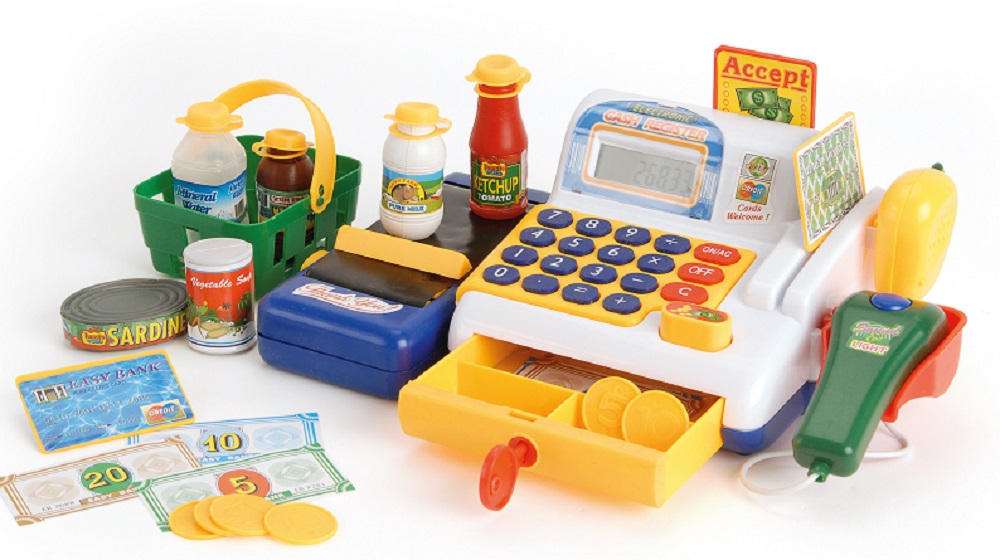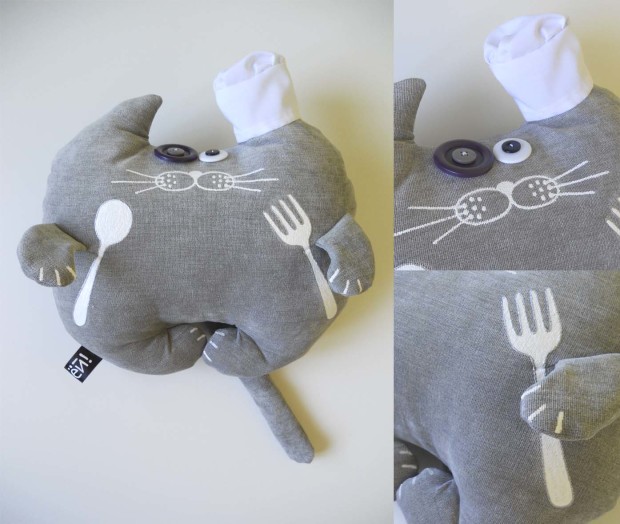Toys, like childhood itself, mean different things to different people. To the average European or American parent, a toy serves to keep the young amused and distracted. Now more than ever, with the belief that multiple intelligences can be stimulated in the early years, toy manufacturers are gearing their products towards those than can keep children beguiled, occupied and instructed. For instance, toys should help the child develop his motor skills, and engage him in fantasy and investigative play.
For the child, an ornate piece that to adult eyes is essentially decorative and fixed, or a mechanized object kept as a curiosity can count as a plaything. As a result, experts have classified many objects as being on the borderline between toy and decorative object, between puerile replica and collector's item. Such overlapping cannot be sidestepped nowadays, especially since toy collecting by adults in the United States and some European countries has emerged as a popular form of expertise.
Despite such borderline cases, there is wide consensus among toy historians and collectors on what truly makes a toy, a toy in the strictest sense. Boys have played with foot soldiers and horse soldiers. Girls have always had their precious dolls. Although the earliest of these toys have not survived, these remain true and had been so since the third millennium B.C.
The earliest known dolls were made of various materials such as wood, terra-cotta and fabric. The period after World War II brought novelties in design and an entire new range of plastics.
Mechanical toys became popular as class alignments changed. This fact, coupled with more ingenious manufacturing techniques evolved into fantastic musical automata, animals, and images that utilized clockwork to mimic human movement. The aim for toy makers has been towards movement and the many different methods of inducing it in toys. It has assumed great importance and had become a subject dealt with fully in specialized reference works.
Because of new production techniques, an overwhelming quantity of toys, games and amusements for children had been available by the mid 19th century. German inventiveness pioneered novel and intriguing designs, ranging from simple knickknacks in tin or the softwoods, which were known in Britain as "penny toys", to constructional and educational games that reflected the growing vogue of science in the nursery.
English girls during the reign of reign of Queen Victoria, began to follow the customs of their German and Austrian counterparts by learning about housecraft and baby care. By the turn of the 20th century, it was not unusual to find inexpensive dolls, dolls' houses, and "German kitchens" in middle-class family homes.
Today, the spread of modern production techniques has made additional millions of persons more conscious of toys in respect to their function, design and usefulness, and their many cultural aspects as well. And although refinements in the application of radio, electronics, magnetism, dry-cell batteries, and so on, have revolutionized certain toys, the folktoy has come into its own again in India, China, Central Europe, Japan, Mexico, Russia and Scandinavia, thus balancing mechanized trends with the addition of less complex technical artistry and beauty.













